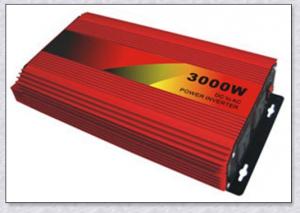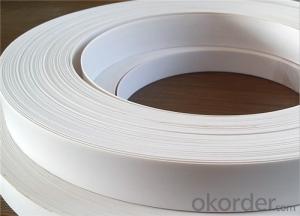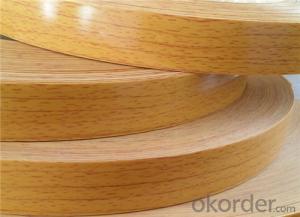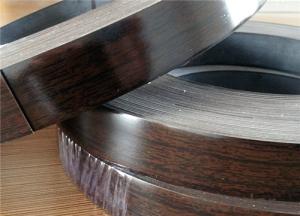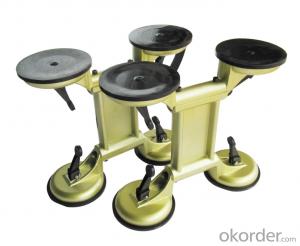Buy Solar Edge Inverter
Buy Solar Edge Inverter Related Searches
Ac Inverter For Solar Panels Solar Panel With Ac Inverter Gas Furnace With Ac Panda Hot Water Bottle Cover Minion Hot Water Bottle Cover Abb Solar Water Pump Inverter Solar Water Pump Philippines Extra Long Hot Water Bottle Solar Panel Dc To Ac Inverter Old Fashioned Hot Water BottleHot Searches
Solar Edge Inverter For Sale Fiberglass Scaffolding For Sale Fiberglass Panels For Sale Fiberglass Greenhouses For Sale Type Of Scaffolding With Pdf Solar Inverter With 2 Battery Pedestal Fan With Water Spray Price Mini Inverter With Battery Online Shopping Solar Edge Inverter Price Ceiling Fan Lowest Price Solar Edge Inverter Sizes Type Of Inverter For Solar Types Of Inverter For Solar Used Solar Inverter For Sale Inverter Size For Solar System Solar Edge Inverter For Sale 5kw Solar Inverter For Sale Solar Inverter For Sale Solar Inverter For Battery Solar Inverter For Split AcBuy Solar Edge Inverter Supplier & Manufacturer from China
Okorder.com is a professional Buy Solar Edge Inverter supplier & manufacturer, offers integrated one-stop services including real-time quoting and online cargo tracking. We are funded by CNBM Group, a Fortune 500 enterprise and the largest Buy Solar Edge Inverter firm in China.Hot Products
FAQ
- Yes, a solar inverter can be used in conjunction with a power optimizer. Power optimizers are devices that are typically installed at each solar panel to maximize energy production and improve overall system performance. They can work together with a solar inverter to enhance the efficiency of the solar power system by individually optimizing the power output of each panel.
- Yes, a solar inverter can be used in areas with limited roof space or installation options. Solar inverters are flexible and can be installed in various locations such as walls, ground mounts, or even on poles, allowing for more flexibility in terms of space and installation options. Additionally, there are also compact and space-saving solar inverters available that can be used in areas with limited roof space.
- Yes, a solar inverter can be used with a generator. In fact, using a solar inverter in conjunction with a generator can provide a more reliable and efficient power supply. The solar inverter can convert the DC power generated by the solar panels into AC power, which can then be used to power various appliances and devices. When the solar panels are not producing enough electricity, the generator can kick in to provide additional power, ensuring a continuous and stable energy supply.
- Yes, a solar inverter can be used for three-phase power systems. Three-phase solar inverters are specifically designed to convert the DC power generated by solar panels into AC power for three-phase electrical systems. These inverters are capable of handling higher power loads and are commonly used in commercial and industrial settings where three-phase power is required.
- A solar inverter should have various safety features to ensure safe and reliable operation. These features include overvoltage and undervoltage protection, short circuit protection, ground fault protection, temperature monitoring and protection, and anti-islanding protection. Additionally, it is important for a solar inverter to have proper electrical insulation and grounding to minimize the risk of electric shock.
- A solar inverter handles grid disturbances such as voltage sags, swells, and flickers by employing various protective mechanisms. It actively monitors the grid's voltage levels and reacts accordingly to maintain a stable and reliable power output. During voltage sags, the inverter adjusts its output voltage to compensate for the drop and ensure a consistent energy supply. In the case of swells, the inverter quickly detects the excessive voltage and disconnects from the grid to prevent any damage. Flickers, caused by rapid voltage fluctuations, are minimized by the inverter's ability to rapidly respond and stabilize the power output. Overall, solar inverters play a crucial role in mitigating grid disturbances and safeguarding the solar power system's performance and longevity.
- A solar inverter protects against overvoltage by continuously monitoring the voltage levels of the solar panels and adjusting the conversion process to ensure that the output voltage remains within a safe range. In case of overvoltage, the inverter automatically reduces the power output or shuts down to prevent damage to the system. Similarly, the inverter safeguards against overcurrent by constantly monitoring the current flowing through the system. If the current exceeds the safe limits, the inverter utilizes protective measures such as reducing the power output, regulating the current, or triggering a shutdown to prevent any potential damage to the solar panels or connected devices.
- Yes, a solar inverter can be used with concentrated photovoltaic thermal (CPVT) systems. CPVT systems combine the use of concentrated solar power (CSP) and photovoltaic (PV) technologies, where sunlight is concentrated onto PV cells to generate electricity while also capturing heat for thermal applications. Solar inverters are essential components in PV systems as they convert the generated DC electricity into usable AC electricity for grid connection or local consumption. Therefore, a solar inverter is necessary to convert the DC electricity produced by the PV cells in a CPVT system into AC electricity for practical use.






